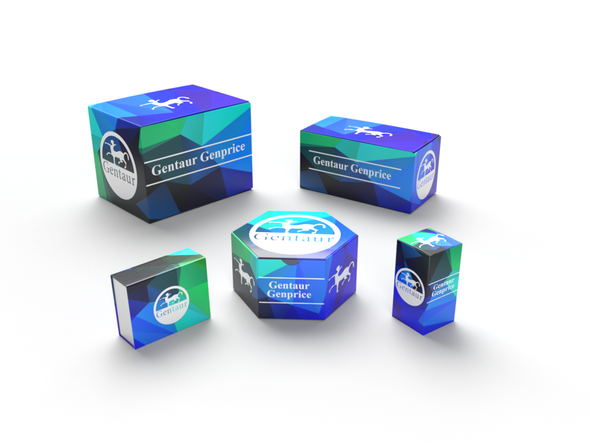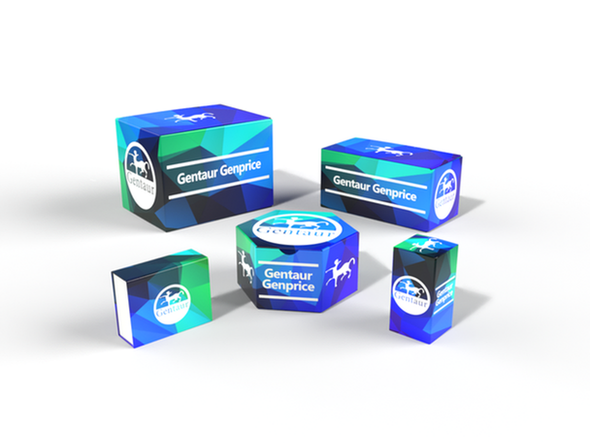740
Mouse Urocortin-3 (UCN3) ELISA Kit | AE12311MO
- SKU:
- 740-AE12311MO
- Availability:
- Usually ships in 5 working days
Description
Mouse Urocortin-3 (UCN3) ELISA Kit | AE12311MO | Gentaur UK, US & Europe Distribution
Species Reactivity: Mouse (Mus musculus)
Abbreviation: UCN3
Alternative Name: MGC119002; SCP; SPC; UCNIII; stresscopin|urocortin 3|urocortin III
Application: ELISA
Range: 0.625-40 pg/mL
Sensitivity: 0.33 ng/mL
Intra-Assay: ≤4.6%
Inter-Assay: ≤8.2%
Recovery: 1
Sample Type: Serum, Plasma, Other biological fluids
Detection Method: Sandwich
Analysis Method : Quantitive
Test Principale: This assay employs a two-site sandwich ELISA to quantitate UCN3 in samples. An antibody specific for UCN3 has been pre-coated onto a microplate. Standards and samples are pipetted into the wells and anyUCN3 present is bound by the immobilized antibody. After removing any unbound substances, a biotin-conjugated antibody specific for UCN3 is added to the wells. After washing, Streptavidin conjugated Horseradish Peroxidase (HRP) is added to the wells. Following a wash to remove any unbound avidin-enzyme reagent, a substrate solution is added to the wells and color develops in proportion to the amount of UCN3 bound in the initial step. The color development is stopped and the intensity of the color is measured.
Product Overview: UCP1 is activated in the brown fat cell by fatty acids and inhibited by nucleotides. Sympathetic nervous system terminals release Norepinephrine onto a Beta-3 adrenergic receptor on the plasma membrane. This activates adenylyl cyclase, which catalyses the conversion of ATP to cyclic AMP. cAMP activates protein kinase A, causing its active C subunits to be freed from its regulatory R subunits. Active protein kinase A, in turn, phosphorylates triacylglycerol lipase, thereby activating it. The lipase converts triacylglycerols into free fatty acids, which activate UCP1, overriding the inhibition caused by purine nucleodides. At the termination of thermogenesis, the mitochondria oxidize away the residual fatty acids, UCP1 inactivates and the cell resumes its normal energy-conserving mode.
Stability: The stability of ELISA kit is determined by the loss rate of activity. The loss rate of this kit is less than 5% within the expiration date under appropriate storage condition. The loss rate was determined by accelerated thermal degradation test. Keep the kit at 37°C for 4 and 7 days, and compare O.D.values of the kit kept at 37°C with that of at recommended temperature. (referring from China Biological Products Standard, which was calculated by the Arrhenius equation. For ELISA kit, 4 days storage at 37°C can be considered as 6 months at 2 - 8°C, which means 7 days at 37°C equaling 12 months at 2 - 8°C) .






